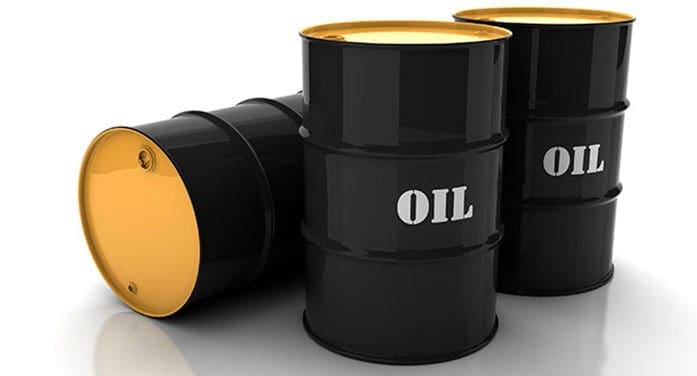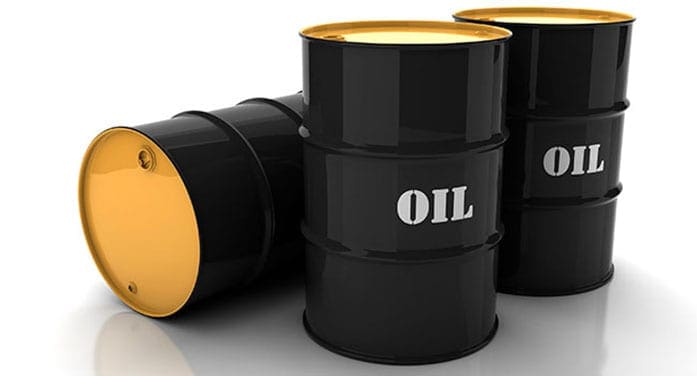 After a brief lull and a price drop, crude oil markets are heating up again, surging by more than US$2 a barrel last week.
After a brief lull and a price drop, crude oil markets are heating up again, surging by more than US$2 a barrel last week.
The Aug. 3 expanded OPEC+ ministerial meeting, which includes Russia, is just around the corner. And signals from producing countries aren’t helping to stabilize the markets. In addition, the threat of recession lingers while oil demand destruction continues to be a possibility.
All this is taking place as the United States approaches its self-imposed October deadline to wind down the release of oil from its strategic reserves.
Market players are keenly watching all these developments.
The future looks dim despite U.S. President Joe Biden’s recent visit to Saudi Arabia to urge the kingdom to open its oil taps. To be fair, most oil-producing nations seem to have little extra crude to help Biden.
The Organization of Petroleum Exporting Countries and their allies in OPEC+ might leave their oil output unchanged for September. Or, two sources told Reuters, a modest increase could be discussed at the meeting. But many observers say we shouldn’t expect even a modest increase in output.
Any decision will be driven mainly by whether OPEC+ members have spare capacity. Analysts concede it would be difficult for OPEC+ to boost supply, given that many producers are already struggling to meet their production quotas.
If OPEC+ decides not to increase output significantly, it would disappoint the U.S., carry geopolitical implications, and strain the Saudi-U.S. alliance again.
The markets were also buoyed by the absence of the clearcut demand destruction that some analysts expected. Global oil demand isn’t declining in a pattern consistent with a recession, and will still grow next year despite expected slowdowns in Europe and the U.S., Amrita Sen, director of research at Energy Aspects, told Bloomberg on Friday.
This view comes despite data from the U.S. Department of Commerce showing gross domestic product (GDP) contracting by 0.9 per cent in the second quarter of this year, following a 1.6 per cent decline in the first quarter. The GDP data met one standard recession definition: two consecutive quarters of GDP contraction. “The economy is slowing down, but that doesn’t mean we are going into a 2008-09-style recession,” Sen said.
In the meantime, Russia continues to ship crude at pre-war levels, JPMorgan Chase reports.
Russia’s oil exports to Europe – its biggest market – have fallen sharply in 2022, as many oil trading companies have self-sanctioned in the wake of Russian President Vladimir Putin’s invasion of Ukraine in late February.
But Russia has been able to shift its exports to Asia, with India and China stepping up their purchases. More recently, a jump in domestic demand has pushed Russian oil production back to pre-war levels.
JPMorgan Chase expects Russia’s crude production to be 9.95 million barrels a day in the third quarter, from 9.76 million produced in the same quarter a year earlier. Russia’s consistent oil and gas revenues have helped Putin’s government prop up its currency, alleviating some pressure on its economy.
This has led to U.S. desperation for an agreement on creating a Russian oil price cap. G7, the group of the world’s richest economies, aims to have a price-capping mechanism on Russian oil exports by Dec. 5, when European Union sanctions banning seaborne imports of Russian crude come into force, a senior G7 official said on Wednesday.
The United States wants to convince major oil importers, including China and India, to endorse a plan to cap the price of Russian oil, Tsvetana Paraskova wrote for Oilprice.com. China and India may be tempted to agree to a price cap, but Russia could retaliate by stopping the export of oil, causing chaos in the markets.
And last Friday, Saudi Arabia Energy Minister Prince Abdulaziz bin Salman welcomed Russian Deputy Prime Minister Alexander Novak to Riyadh.
The meeting showed that despite pressure from the U.S., Saudi Arabia isn’t ready to ditch Russia. In the face of requests from the U.S. to increase output, the meeting between Saudi Arabia and Russia underlined that the Saudis want to keep their options open, especially in case a frustrated U.S. administration tightens the screws on the oil kingdom.
Toronto-based Rashid Husain Syed is a respected energy and political analyst. The Middle East is his area of focus. As well as writing for major local and global newspapers, Rashid is also a regular speaker at major international conferences. He has provided his perspective on global energy issues to the Department of Energy in Washington and the International Energy Agency in Paris.
For interview requests, click here.
The opinions expressed by our columnists and contributors are theirs alone and do not inherently or expressly reflect the views of our publication.
© Troy Media
Troy Media is an editorial content provider to media outlets and its own hosted community news outlets across Canada.


